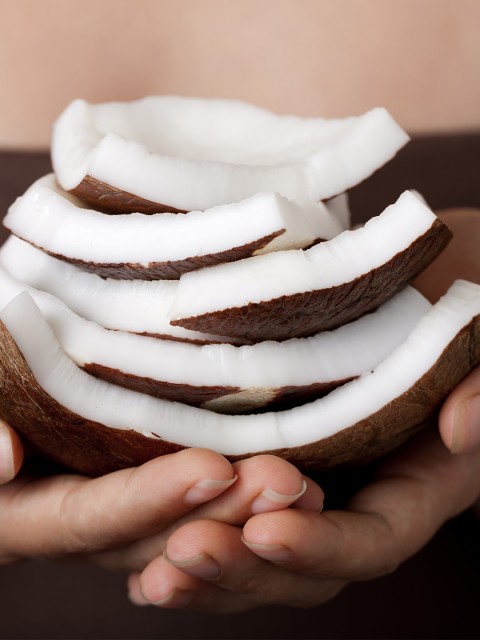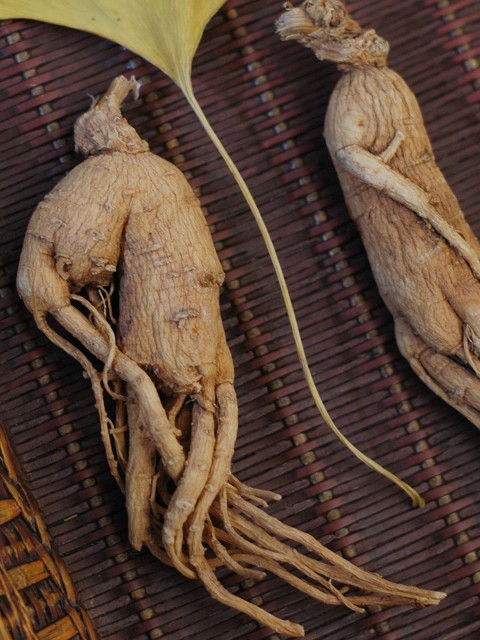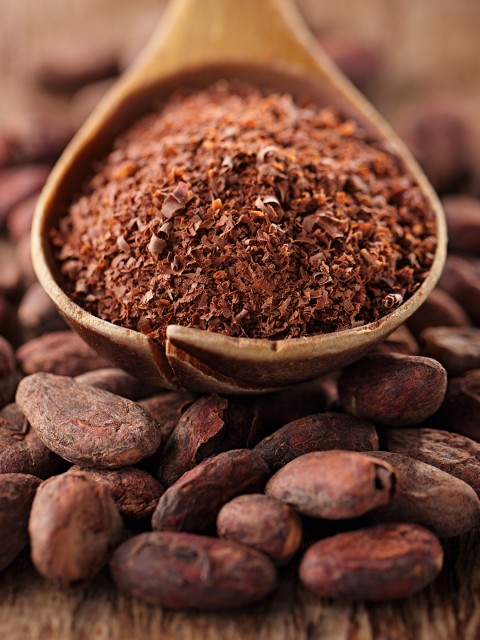To missionaries in South America, the passionflower represented the Passion Christ: the three stigmas symbolized the nails, the corona represented the crown of thorns, the five stamens the wounds, and the ten petals the Apostles. Today passionflower is used in conditions related to emotional imbalance and in cooking.
There are about 400 species of passionflower. Some are used only for decorative purpose, some in medicine and some in cooking. The passionflower passiflora incarnata is used in medicine for its calming effects on the mind and body. In cooking, passionflower seeds and pulp are used. They have a tangy flavor and are often eaten raw or used in fruit salads.
Traditionally, Passionflower (Passiflora incarnata) is used to treat anxiety, nervous restlessness, insomnia, neuralgia diarrhea, or to aid in hysteria treatments. Flavonoids (Chrysin, Isovitexin, Vitexin, Orientin) found in passionflower are believed to have a sedative effect on the nervous system.
Passionflower benefits
- Used as a sedative
- Relieves restlessness and nervous tension
- One of the best sleep aids
- Relieves muscle tension
- Treats anxiety during menses
Please note: possible drowsiness if used in excessive amounts. Also passionflower is not advised to be used during pregnancy (increases uterine contractions).
Did you know: the passion flower is placed in the house to calm problems and to bring peace. If you place it below the pillow, it will aid in sleep.


